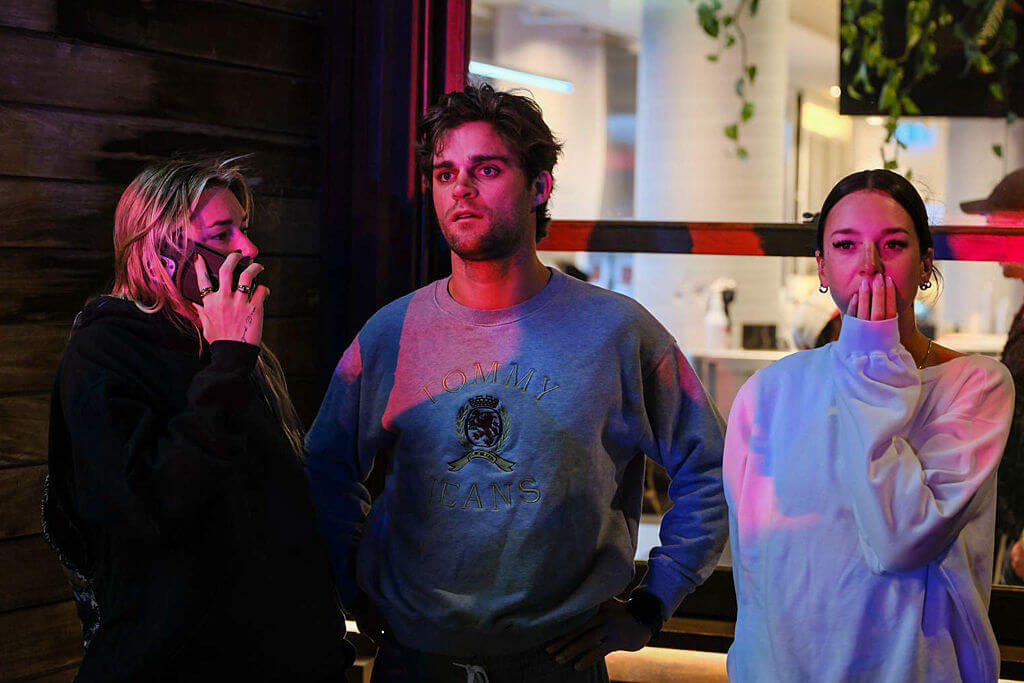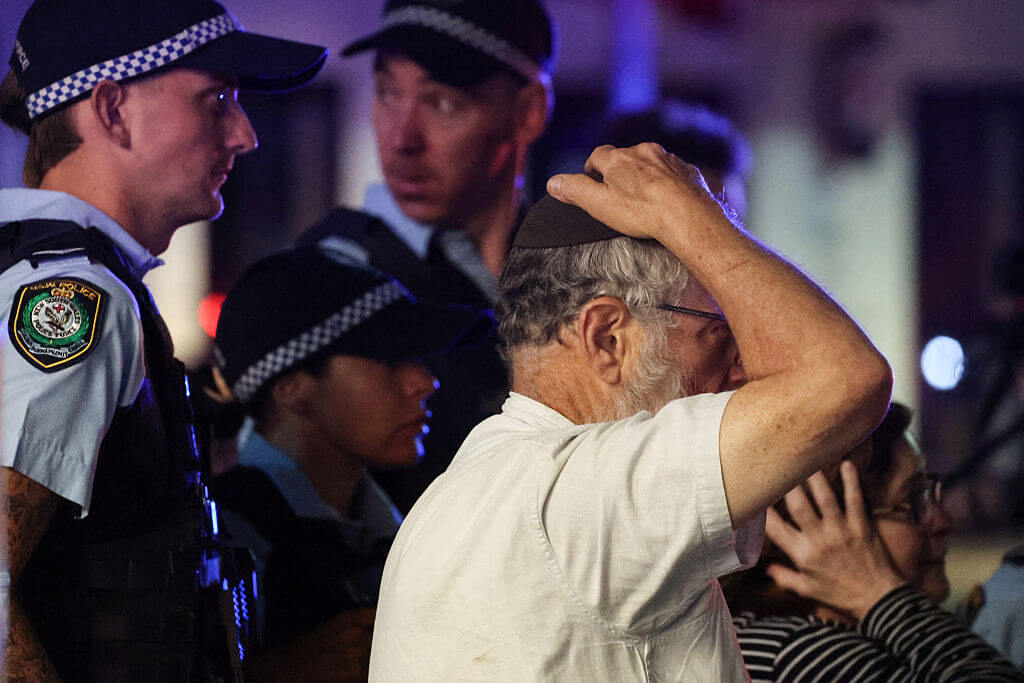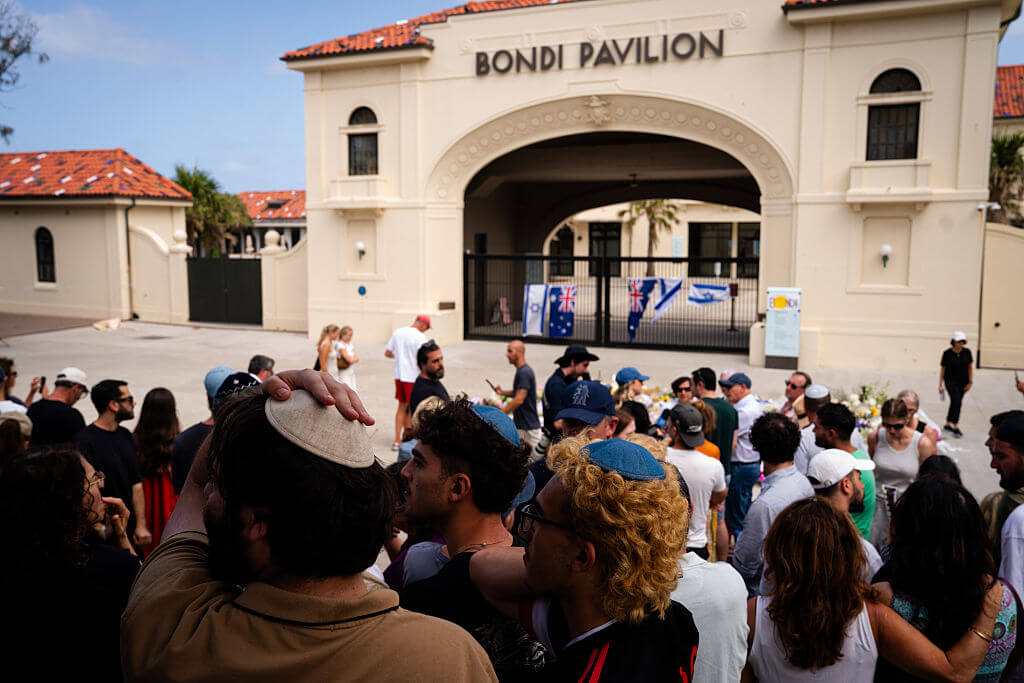This is the Forward’s coverage of the Yiddish language historically spoken by Ashkenazi Jews in Europe and still spoken by many Hasidic Jews today.
For more stories on Yiddishkeit, see Yiddish World, and for stories written in Yiddish,…
This is the Forward’s coverage of the Yiddish language historically spoken by Ashkenazi Jews in Europe and still spoken by many Hasidic Jews today.
For more stories on Yiddishkeit, see Yiddish World, and for stories written in Yiddish,…

This is the first part of a four-part article originally appearing in the Spring 2011 issue of Lilith Magazine. Picture the stairwell in the poor apartment: the neighbor descends the steps and the woman in the doorway repeats, “Good night, good night,” and then haltingly speaks the words: “He hit me yesterday. I’m black and…
Eighteen years ago, as a Hasidic student at the yeshiva of New Square, I found myself swept up one morning in the frenzy of a mob. I, along with around two dozen young men, ransacked the private dormitory room of a fellow student. We broke open the door, smashed the lock on the bedside cabinet,…
The prolific literary translator Joachim Neugroschel died on May 23 in Brooklyn, N.Y. He was 73. Neugroschel translated more than 200 books from Yiddish, French, German, Russia and Italian, including the work of Nobel Prize-winner Elias Canetti. His legal guardian and former partner, Aaron Mack Schloff, confirmed Neugroschel’s death. The son of the Yiddish Galician…

JEWISH BIALYSTOK AND ITS DIASPORA By Rebecca Kobrin Indiana University Press, 380 pages, $24.95 GERMAN CITY, JEWISH MEMORY: THE STORY OF WORMS By Nils Roemer Brandeis University Press, 328 pages, $35 A vast, heartbreaking and, to English readers, inaccessible Yiddish and Hebrew library — of some 1,000 volumes, studded with unique memoirs and rare photographs…
100 Years In The Forward Arriving alone in New York from Russia, Sarah Deutsch began to look for her husband, whom she married six years ago in the shtetl. She found him, but to her surprise, he was married to another woman. Deutsch contacted the police, who arrested her husband, Barnett Deutsch, for bigamy. Both…

The recent departure under pressure of the creator and overseer of Warsaw’s Museum of the History of the Polish Jews is provoking concern about the future of the ambitious project, which aims to preserve a legacy of 1,000 years of Jewish life in Poland. Jerzy Halbersztadt, who has been intimately involved with the museum since…

Here’s a question from Eugene Fidell of Yale Law School: “Many Yiddish words begin with the prefix fer-, such as ferklemt, ferblondzshet, ferkakt, ferdreyt, fermisht, etc. What’s the common denominator? Is there a linguistic connection to the series of English words that includes ‘forgo,’ ‘forbid,’ ‘forget’ and ‘forswear’? Something tells me that these two sets…

A Monument to Hatuey in Baracoa, Cuba. Photo by Michal Zalewski. A version of this post appeared in Yiddish. In 1931, Yiddish poet, journalist and editor Ascher Penn published “Hatuey,” a 126-page epic poem about a Taíno chieftain who fought against the Spanish invasion of Cuba at the beginning of the 16th century, and who…








100% of profits support our journalism